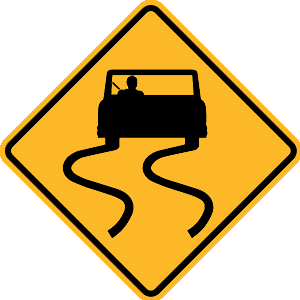2025 Hawaii Permit Test 2
The following questions are from real DMV written tests. These are some of the actual permit questions you will face in Hawaii. Each permit practice test question has three answer choices. Select one answer for each question and select "grade this section." You can find this button at the bottom of the drivers license quiz. For a complete list of questions and answers for Hawaii please visit https://cheat-sheets.dmv-written-test.com/en/hawaii/car.
Number of Tests
Number of Question
Passing Score
19. Always signal when:
Explanation
Always use the proper turn signal when changing lanes, pulling into or out of a parking space, or pulling into traffic from an alley or parking area. Communicate with other drivers on the road to help prevent accidents.
20. What might happen when alcohol is combined with another drug?
Explanation
Consuming both alcohol and another drug may enhance the effects of both. For example, taking one drink when you are also using a cold remedy could affect you as if you have had several drinks.
21. If you change your name, you must notify the county examiner of drivers within:
Explanation
Whenever you change your address, you must provide the county examiner of drivers with your new address, your name, and driver license number. This must be done in writing and within 30 days of the change. A change of name requires you to appear in person at the appropriate office within 30 days with proof of the change.
22. An intersection has no traffic signs or signals. You arrive at the same time as a vehicle to your right. You should:
Explanation
When two vehicles arrive to an uncontrolled intersection at the same time, the vehicle on the right has the right-of-way. Once the vehicle on the right has safely passed through the intersection, the other driver may proceed.
23. When approaching a steady red traffic light, drivers should:
Explanation



